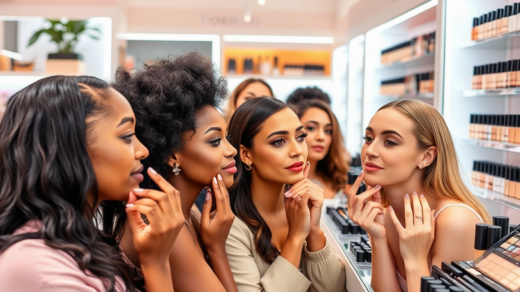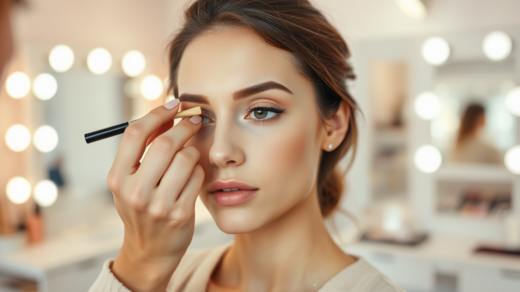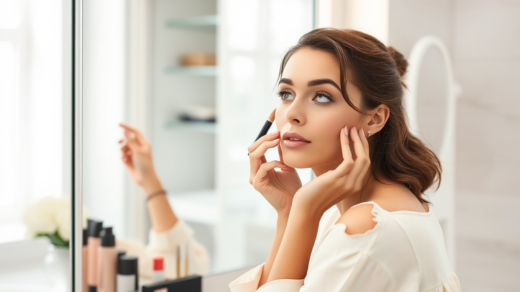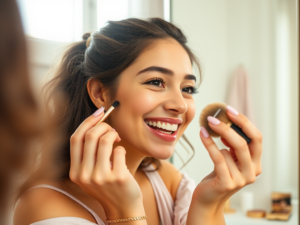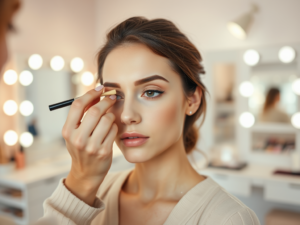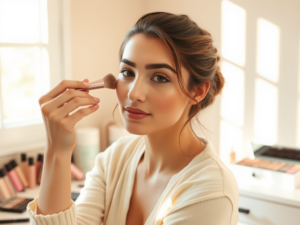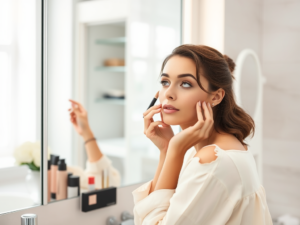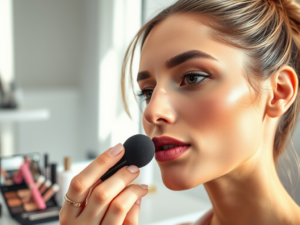The Ultimate Guide to Concealer Placement: A Step-by-Step Approach
Understanding how to properly apply concealer can be a game changer in your makeup routine. Whether you’re preparing for a big event or just want to enhance your everyday look, the right technique can make all the difference in achieving that flawless complexion we all desire. Concealer is not just a product; it’s an essential tool that allows you to mask imperfections, brighten your under-eye area, and even contour your face. With the endless options available, learning the art of concealer placement empowers you to express your unique beauty. Throughout this guide, we will explore the different types of concealers available, how to prepare your skin for application, and the best techniques to use for flawless results. Embrace your inner makeup artist as we dive deep into the world of concealer!
Understanding Different Types of Concealers
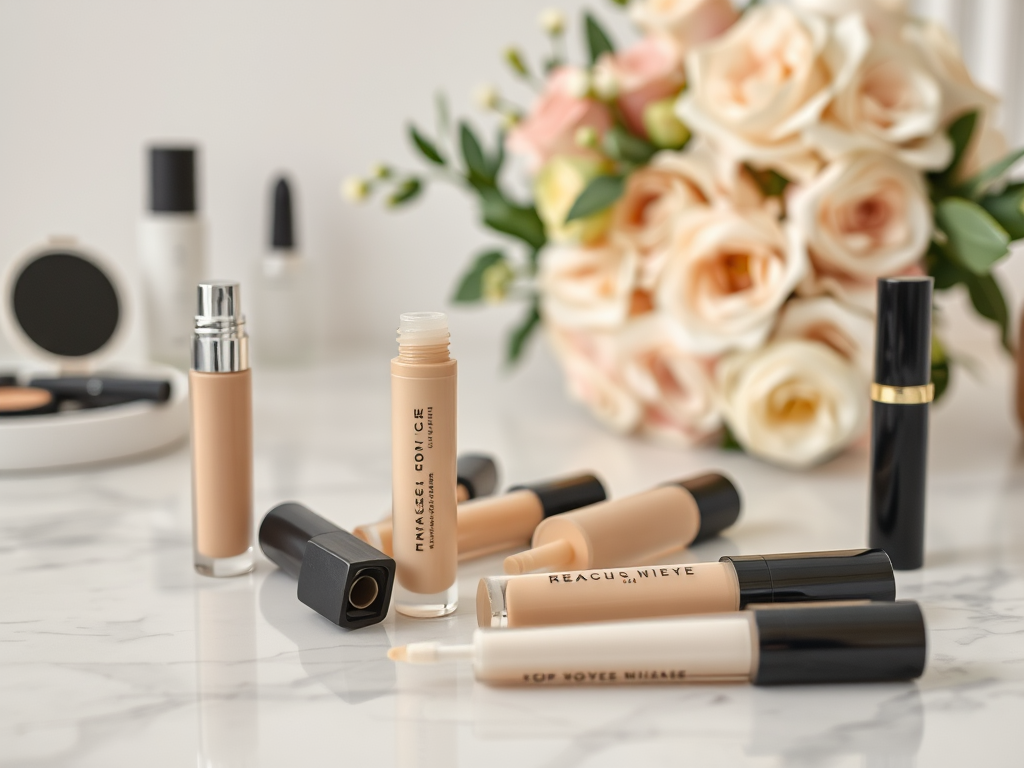
When it comes to concealers, there are various formulations designed to address particular needs. Liquid concealers are lightweight and easy to blend, making them perfect for general use. Cream concealers offer more coverage and are ideal for hiding blemishes and discoloration. On the other hand, stick concealers are compact and travel-friendly, great for quick touch-ups throughout the day. Choosing the right type of concealer can be challenging, but understanding your skin type is key to selecting the perfect product.
- Liquid Concealers: Best for a natural look.
- Cream Concealers: Provide fuller coverage for stubborn spots.
- Stick Concealers: Ideal for on-the-go applications and easy portability.
Preparing Your Skin for Concealer
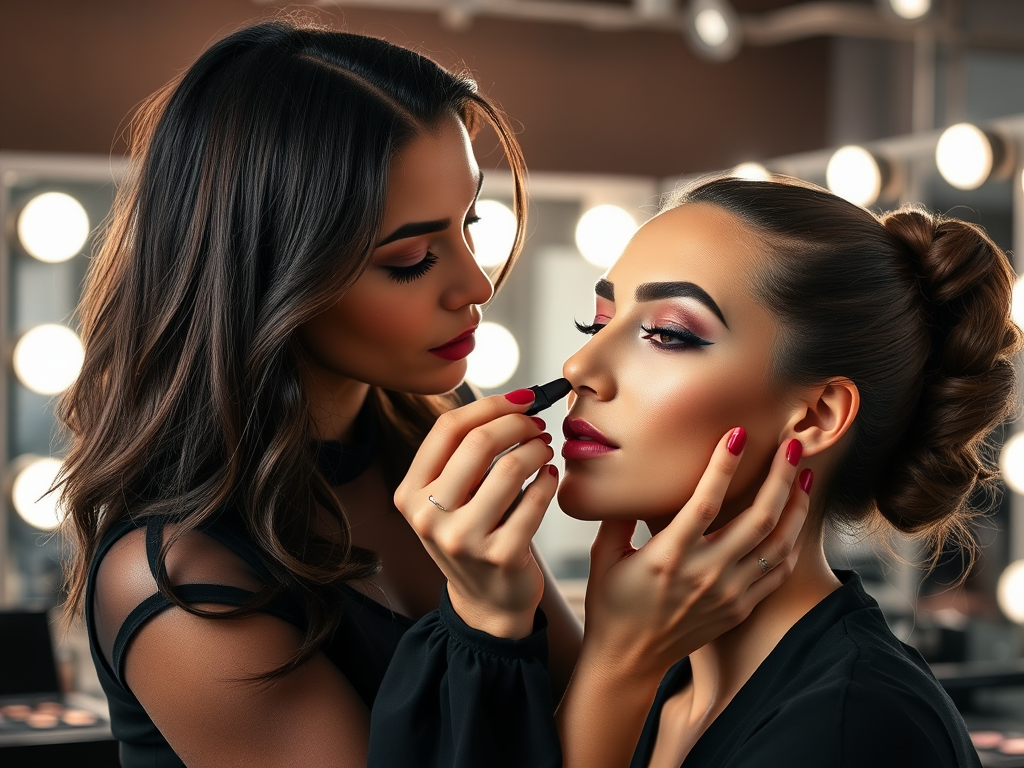
Before applying concealer, it’s vital to prepare your skin. Proper skincare will create a smooth canvas and enhance the longevity of your makeup. Start with a gentle cleanser to remove impurities and follow it up with a hydrating moisturizer. A primer can also be an excellent addition to your routine, as it fills in fine lines and pores. Remember that your skin’s condition can significantly affect how your concealer looks once applied. Neglecting this step can lead to patchiness and settling into fine lines.
| Skin Type | Recommended Moisturizer | Best Primer Type |
|---|---|---|
| Oily | Oil-free gel moisturizer | Matte finish |
| Dry | Cream-based moisturizer | Hydrating primer |
| Combination | Lightweight lotion | Balancing primer |
Step-by-Step Concealer Placement
The key to successful concealer application lies in understanding the techniques for different areas of the face. For under-eye circles, you should apply a small amount of creamy concealer and gently pat it in with your fingertip, using a tapping motion for blending. When dealing with blemishes, a smaller brush can help you precisely place the product and blend only the edges. Another innovative approach involves using your concealer to highlight and contour certain areas of your face. By applying a lighter shade to the high points and a darker shade in the hollows, you can create a beautifully sculpted look.
- For under-eye bags: Use a peach-toned concealer first, then apply a skin tone concealer on top.
- For redness or blemishes: Dab a green corrector before applying skin-tone concealer.
- For highlighting: Apply a lighter concealer to the bridge of the nose and the tops of the cheekbones.
Tips and Tricks for Flawless Concealer Application
To achieve a seamless look, selecting the right tools is essential. Each makeup brush and sponge serves a specific purpose, so knowing which to use can drastically change your results. A beauty sponge is ideal for blending liquid concealer, while a dense brush may work better for cream formulas. Be mindful of your blending technique; quick, light taps yield the most natural finish. Additionally, always set your concealer with a light dusting of translucent powder to avoid creasing.
Common Mistakes to Avoid
Even the most seasoned makeup lovers make errors when applying concealer. One common pitfall is applying too much product, which can create a cakey appearance. To remedy this, start with a small amount and build coverage gradually. Another mistake is neglecting to choose the right shade; using a color that’s too dark can accentuate your imperfections instead of hiding them. Lastly, be cautious of not blending well enough, which can lead to visible lines. Awareness of these common issues is the first step towards perfecting your technique.
Conclusion
Mastering concealer placement is an essential skill that can significantly elevate your makeup game. By understanding the importance of preparation, employing effective techniques, and avoiding common mistakes, you can achieve that elusive flawless finish. Remember that practice is key; the more you experiment with various products and methods, the better you will become. Embrace the joy of makeup as a form of expression, and never hesitate to have fun while enhancing your natural beauty!
Frequently Asked Questions
- What type of concealer should I use for oily skin? A: Choose a matte finish liquid or cream concealer that is oil-free.
- How do I prevent concealer from settling into fine lines? A: Use a light setting powder and avoid over-application.
- Can I use concealer on its own without foundation? A: Yes, for a more natural look, concealer can be used alone on problem areas.
- How do I choose the right shade of concealer? A: Select a shade that is one or two shades lighter than your natural skin tone for highlighting.
- Is it necessary to use a corrector before concealer? A: Not necessarily, but color correctors can enhance coverage for stubborn discoloration.
